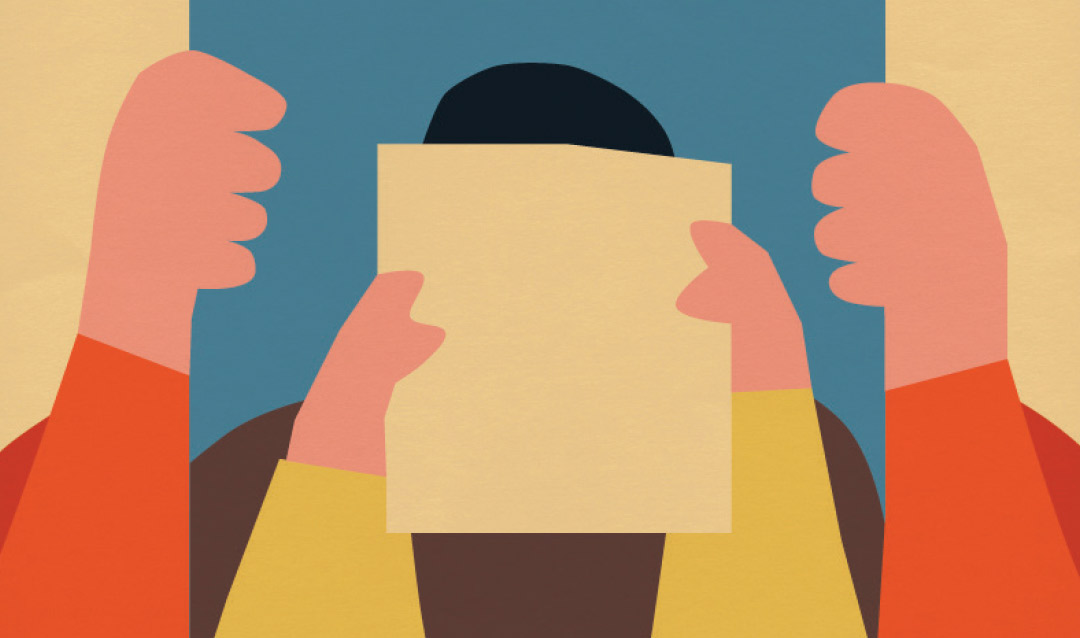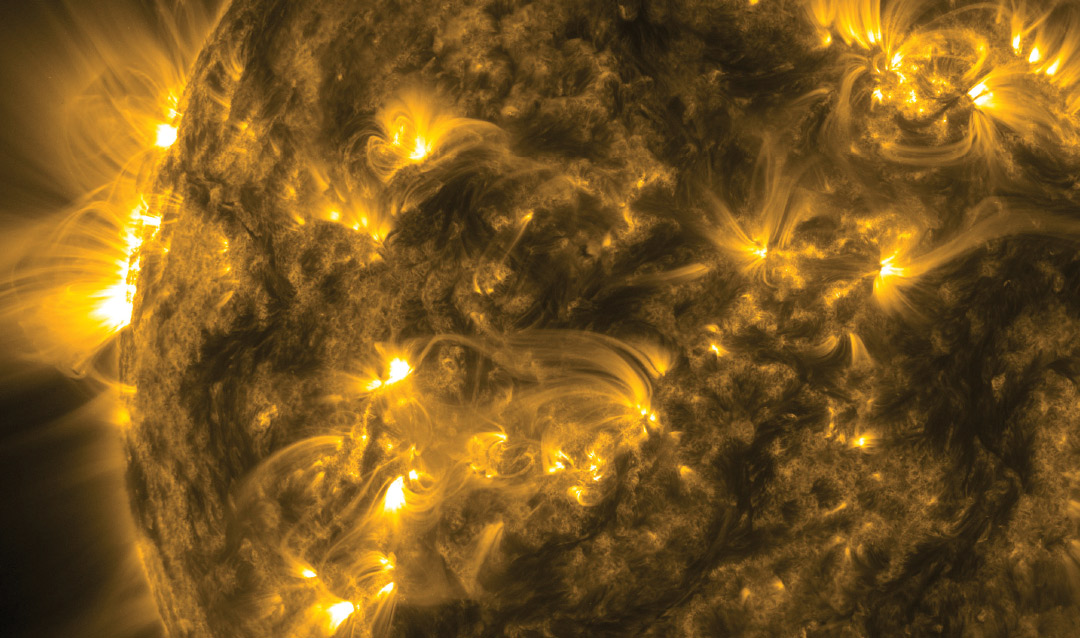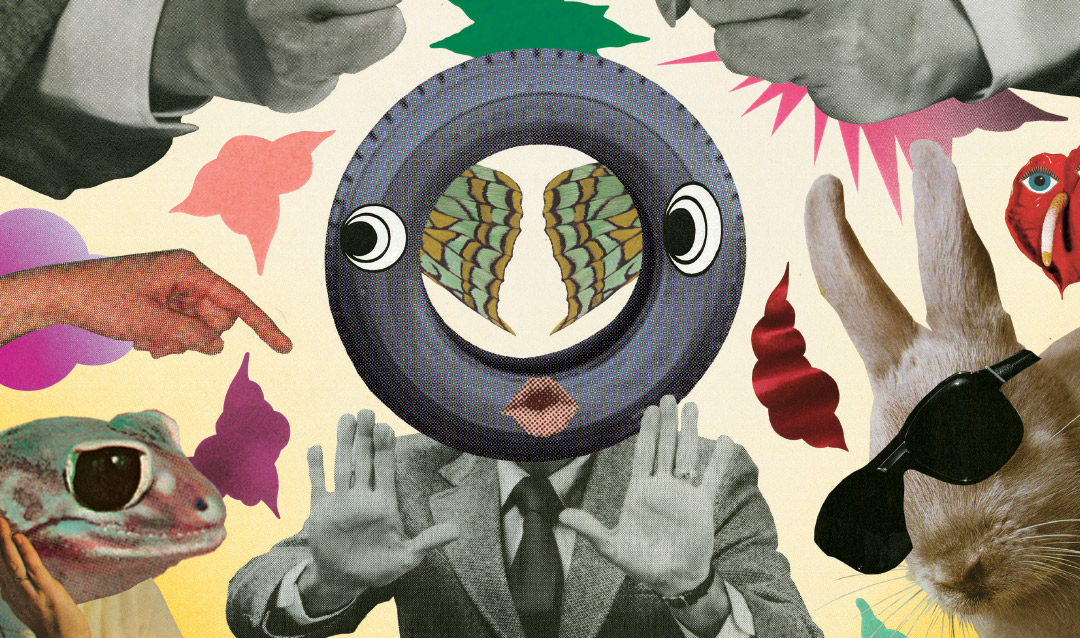- About
About
- Academics
Academics
- Research
Research
- Admissions
Admissions
- Student Life
Student Life
- Athletics
Athletics
- Giving
Giving
- Students, Faculty & Staff
- Parents
- Visitors
- Alumni

The model and its corresponding open-source software will help researchers understand how the damage process evolves over time.

Peatlands, found in both arctic and tropical climates, can help reduce carbon accumulation in the atmosphere.

A study in the Journal of Accounting Research concluded that the “positive” seen in CDSs could be traced directly back to the sense of “insurance” they provide to lenders.

Slowly adding heat during atomic layer deposition while using an electron beam to monitor the process, Nicholas Strandwitz is helping technology to continue to shrink.

Patricia Manz develops curriculum to improve home visiting services for children with significant developmental needs.

Mickel explores the notion that the exclusively manual work that local site workers do not only exploits them in terms of labor conditions, but also puts them at risk of job loss if they exhibit their work as intellectual or scientific labor.

Barbara Malt and her collaborators examine how we talk about objects across multiple languages—and how that reflects human thought processes.

Herrera’s research helps guide decisions about which sites to designate as marine protected areas in the Gulf of Mexico in the years following the Deepwater Horizon disaster.

Lehigh researchers study two approaches to achieving and maintaining nuclear fusion: magnetic confinement and inertial confinement.

Marketers have for decades worked on brand anthropomorphism in an effort to build a stronger connection with consumers. Marina Puzakova’s work explores what happens when they succeed.